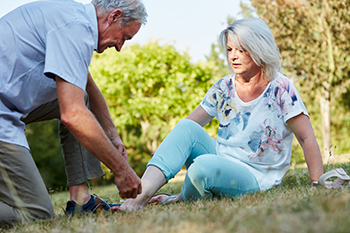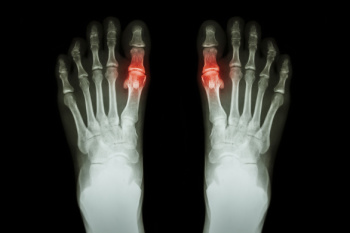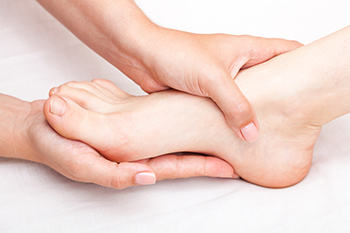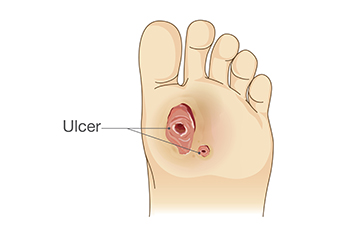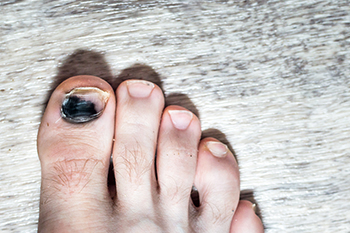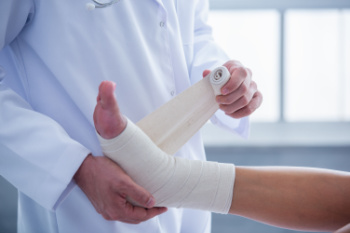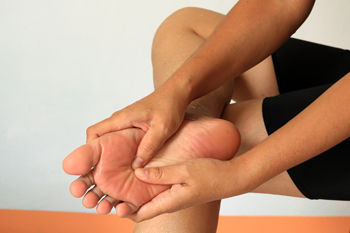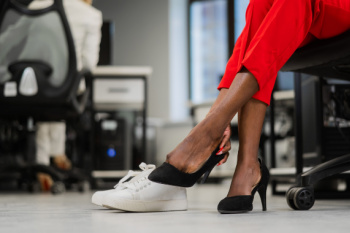
Many women experience foot pain later in life, often due to years of wearing fashionable but unsupportive shoes. High heels, pointed toes, and narrow-fitting styles put excessive pressure on the forefoot, leading to bunions, hammertoes, and chronic joint pain. Decades of squeezing into restrictive footwear can also contribute to nerve damage, calluses, and structural changes in the feet. Men, on the other hand, are less likely to develop foot pain from past footwear choices. Their shoes tend to have a wider toe box, lower heels, and better arch support, reducing long-term strain. While men can still develop foot issues, their footwear history rarely plays as significant a role. If you are a female dealing with lingering foot pain, it is suggested that you see a podiatrist who can help correct or manage the damage caused by years of wearing impractical footwear.
Foot Pain
Foot pain can be extremely painful and debilitating. If you have a foot pain, consult with one of our doctors from Advanced Foot & Ankle Medical Center. Our doctors will assess your condition and provide you with quality foot and ankle treatment.
Causes
Foot pain is a very broad condition that could be caused by one or more ailments. The most common include:
- Bunions
- Hammertoes
- Plantar Fasciitis
- Bone Spurs
- Corns
- Tarsal Tunnel Syndrome
- Ingrown Toenails
- Arthritis (such as Gout, Rheumatoid, and Osteoarthritis)
- Flat Feet
- Injury (from stress fractures, broken toe, foot, ankle, Achilles tendon ruptures, and sprains)
- And more
Diagnosis
To figure out the cause of foot pain, podiatrists utilize several different methods. This can range from simple visual inspections and sensation tests to X-rays and MRI scans. Prior medical history, family medical history, and any recent physical traumatic events will all be taken into consideration for a proper diagnosis.
Treatment
Treatment depends upon the cause of the foot pain. Whether it is resting, staying off the foot, or having surgery; podiatrists have a number of treatment options available for foot pain.
If you have any questions, please feel free to contact our offices located in Agoura Hills, Simi Valley, Thousand Oaks Marin St., and Thousand Oaks Haaland Drive, CA . We offer the newest diagnostic and treatment technologies for all your foot care needs.
